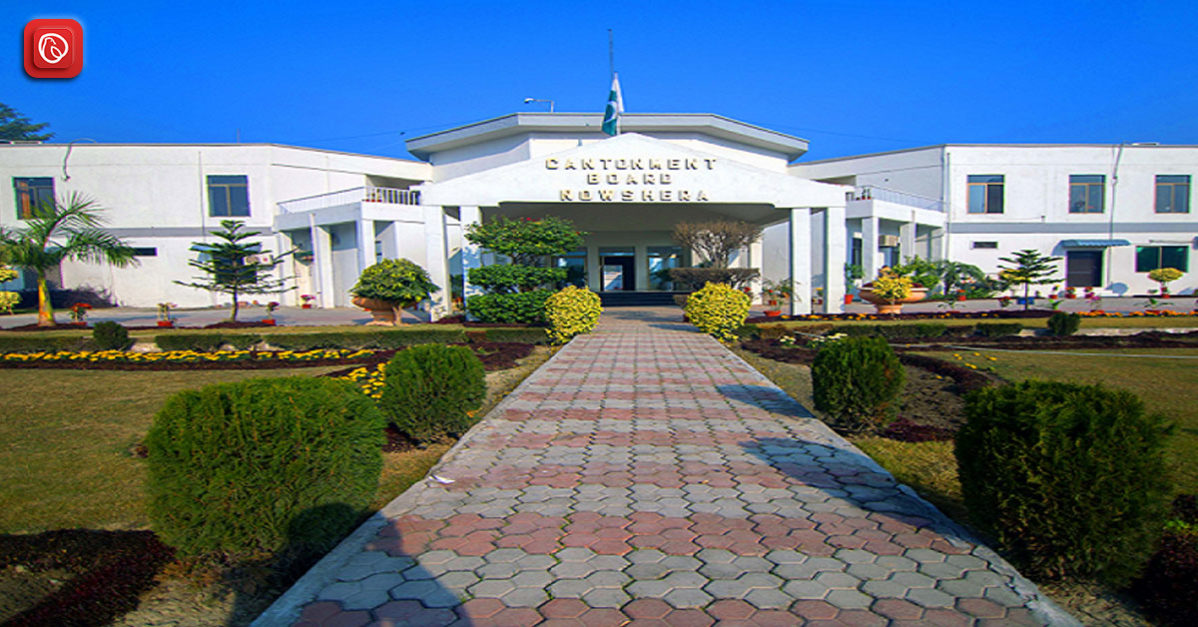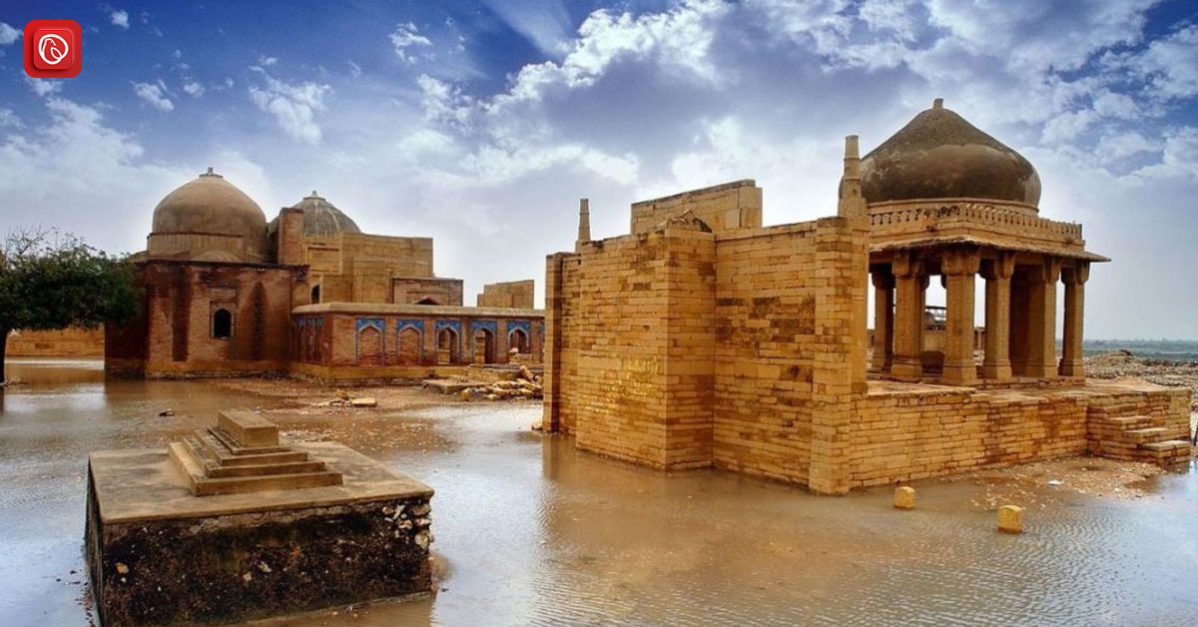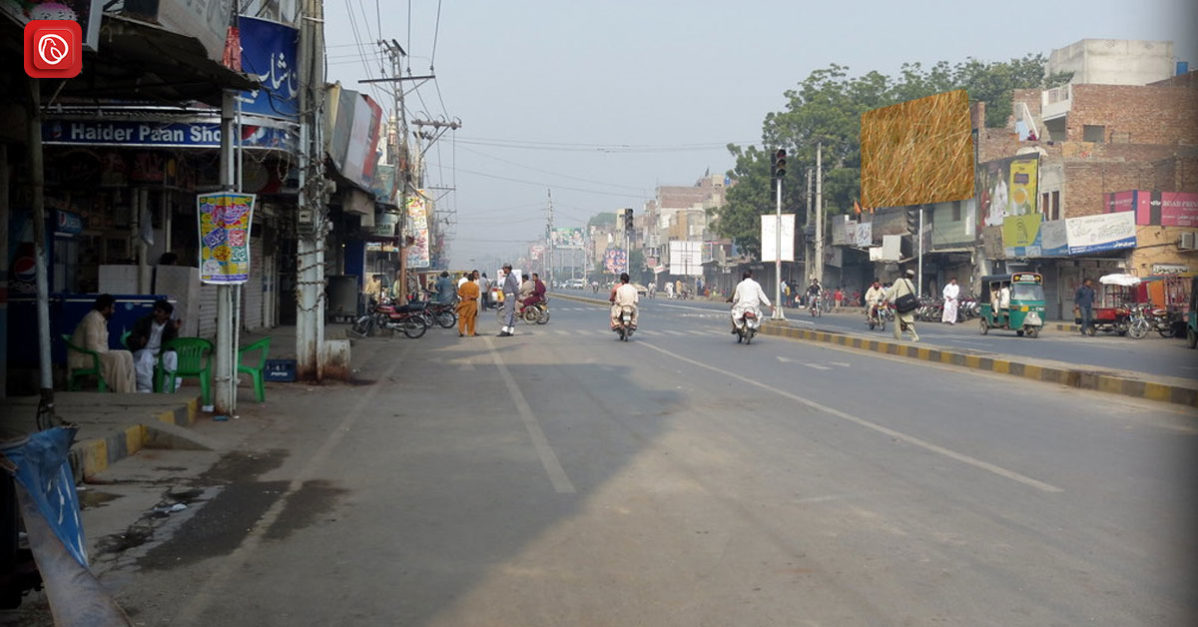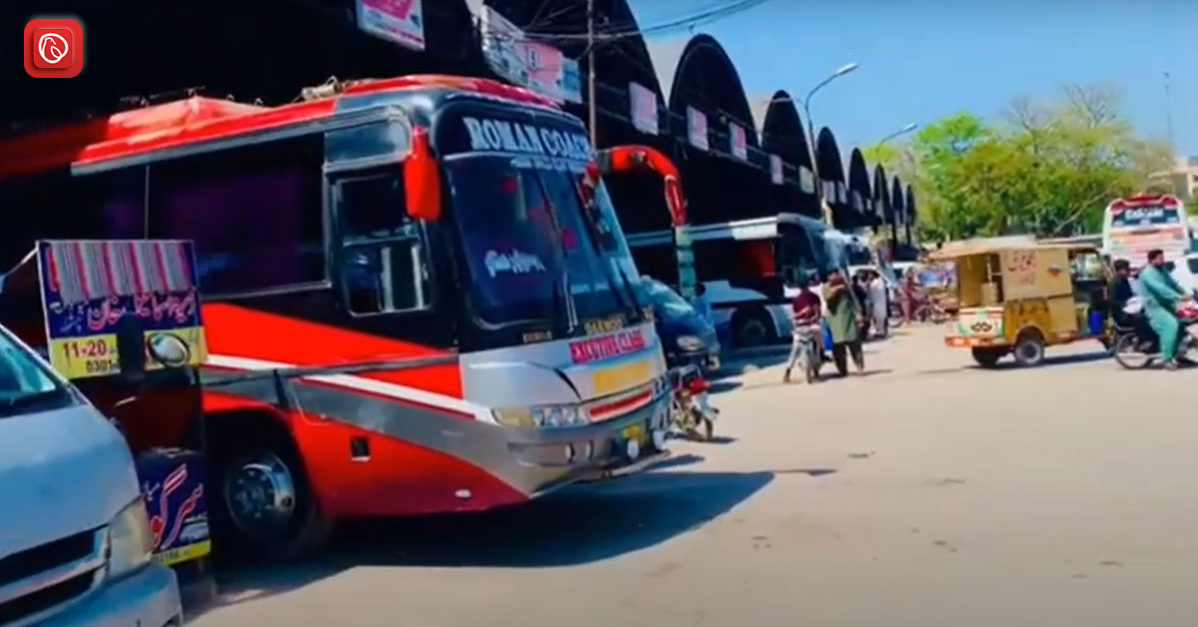Nowshera Cantonment, in Khyber Pakhtunkhwa, Pakistan, is a lovely location on the banks of the Kabul River and a window into an ancient period. It is rich in history. Founded by the British colonial authority in 1851, this cantonment functioned as an essential military station.
Nowshera Cantonment, renovated in 1859 after the Sepoy Mutiny, retains its personality and invites people to learn more about its fascinating history. In this blog, Graana.com brings you a comprehensive guide to the region of Nowshera Cantt, Khyber Pakhtunkhwa.
Highlights
| Property | Value |
|---|---|
| Alternative Names | Nowshera Cantonment |
| Type | Populated place – a city, town, village, or other agglomeration of buildings where people live and work |
| Mindat.org Region | Nowshera District, Khyber Pakhtunkhwa Province, Pakistan |
| Region | Khyber Pakhtunkhwa Province, Pakistan |
| Latitude | 33° 59′ 53″ N |
| Longitude | 71° 59′ 54″ E |
| Lat/Long (dec) | 33.99829, 71.99834 |
| Köppen climate type | BSh : Hot semi-arid (steppe) climate |
| Population | 96,766 (2018) |
| Long-form Identifier | 2:6:1341204:7 |
| GUID | 19c95291-b242-4aaa-9a34-96c7afa04589 |
Administrative Divisions
- Provincial Assembly: Nowshera is divided into five provincial assembly constituencies: PF-12, PF-13, PF-14, PF-15, and PF-16.
- National Assembly: The district is further represented by two National Assembly constituencies: NA-5 and NA-6.
Demographics and Geography
- Population: From 2008 to 2009, Nowshera’s population was projected to exceed 1.3 million.
- Area: The district sprawls across an expansive 1,748 square kilometres.
- Population Density: The district boasts a vibrant community with an estimated 608 residents per square kilometre.
Economic Landscape
- Agriculture: Agriculture is the lifeblood of Nowshera’s economy, and the city has a dedicated agricultural area of 52,540 hectares.
Historical Significance
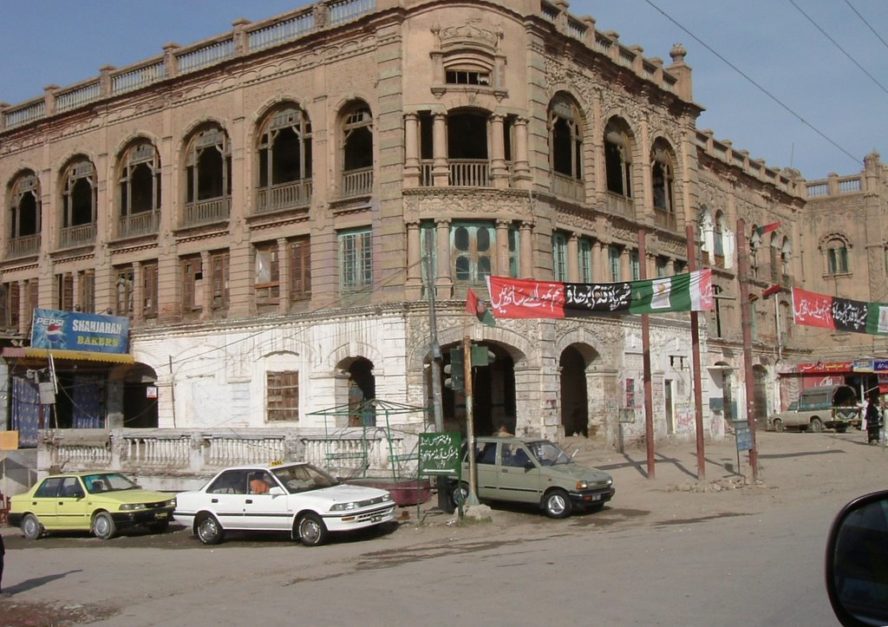
- Transition from Tehsil to District: Nowshera Tehsil’s history started as a Peshawar sub-district (tehsil). During the tenure of the Pakistan Peoples Party, it achieved district status in 1988, which was noteworthy.
- Gateway to Trade: Nowshera, the third district to be split off from the Peshawar division, is strategically located. It is called the “joining gate” for trade routes linking India and Central Asia.
- Indus River Connection: The district’s location along the banks of the magnificent Indus River adds another dimension of importance.
- Industrial Powerhouse: Historically, Nowshera, a tehsil of Peshawar, played a crucial part in the region’s industrial development. Paper & board, chemicals, tobacco, ceramics, cement, glass, medicines, cooking oil, jute bags, textiles, furniture, and other manufacturing units previously called home.
The Name’s Origin: “Nowshera,” the New City
Nowshera is a picturesque city with a meaningful name. It is referred to as “Nowkhār” in the local Pashto language, which means “New City.” The name “Nowshehra,” adopted into Dari Persian and Urdu, honours the city’s past as a recently established settlement.
Nowshera District: A Historical and Strategic Hub
The district of Nowshera, which is in Pakistan’s Khyber Pakhtunkhwa province, is vital to the history and geography of the area. The locals call the district ” Naw Khaar, ” implying that it may have started over from scratch. The name of the district means “New City” in Pashto.
Nowshera occupies a central position in the province, sandwiched between Peshawar to the west, Charsadda and Mardan to the northwest, Swabi to the east, and Attock to the southeast. The residents of Nowshera are famous for being hospitable and tranquil.
In addition to its historical importance, the Nowshera District is essential to the nation’s infrastructure. Thanks to the district’s prestigious military training facilities, Pakistan’s defence forces are equipped.
Nowshera also has a plant that produces railway locomotives, which helps the country’s transportation system grow. Such facilities testify to Nowshera’s potential for continued industrial development.
An additional aspect of Nowshera’s biography is her humanitarian endeavours. In times of need, the district was essential in giving Afghan refugees a place to stay safe.
Temporary camps were set up in several of Nowshera’s governed areas to provide these displaced people with assistance and temporary housing. This deed of kindness is a perfect example of the district’s human spirit.
Nowshera District Demographics
Find the detailed demographics of Nowshera Cantonment in the following sections.
Population
In the Pakistani census of 1998, the Nowshera District had 874,373 residents. Of this, 52.1% were men (455,598), a little more than half; the remaining 47.9% were women (418,775). There were roughly 500.2 persons living in the district per square km.
Distribution
The demographic distribution of Nowshera shows a blend of rural and urban life. In 1998, about 74.04% (647,343) of the population lived in rural regions, while approximately 25.96% (227,030) did so in urban areas.
Growth
The district grew at a constant annual rate of 2.9%, as reported by the 1998 census.
Literacy
Further research may be necessary to obtain precise data on literacy rates.
Language
Most people living in Nowshera are native speakers of Pashto. However, Urdu, the national language of Pakistan, is also common throughout the district.
Tribal Composition of Nowshera District
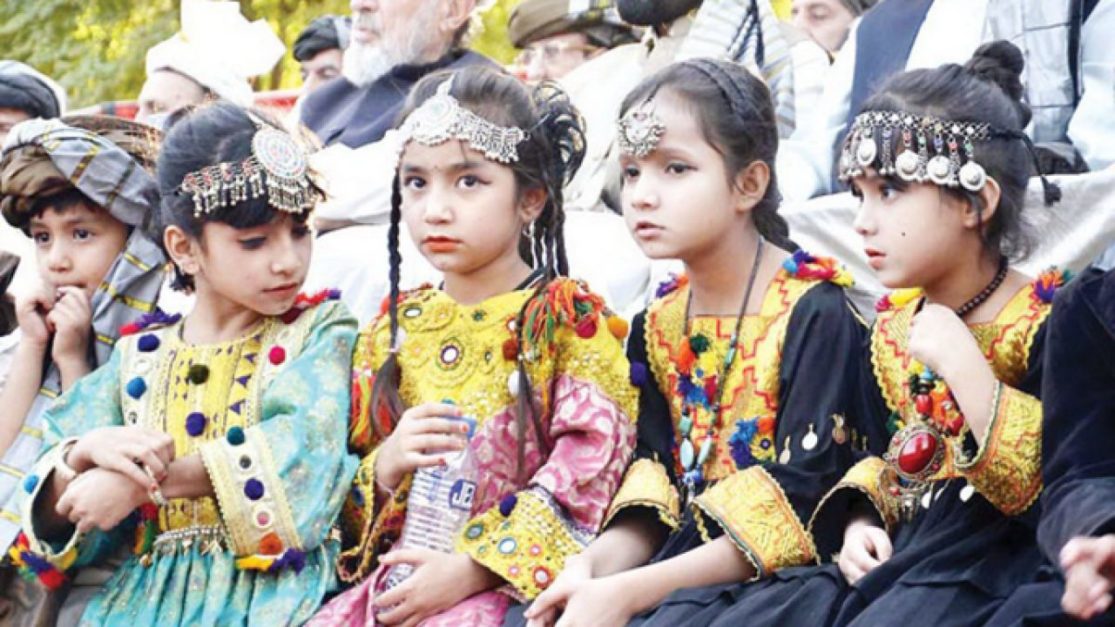
Numerous well-known Pashtun tribes are residing into the rich tapestry of Nowshera District. Most tribes include the Durrani, Khattak, and Yousafzai, with the Khattaks accounting for the largest portion—roughly 65% of the district’s total population. Among the Khattak population, it is noteworthy that the Akora Khattak sub-tribe holds a remarkable stronghold.
An additional noteworthy clan is the Kakakhel clan. While their Pashtun lineage is ambigous, they are a well-respected Syed dynasty with roots traceable back to Islamic leaders like Syed Kastir Gul (“Kakasahib”) and Sheikh Rahamkar. Their ancestral village, “Kakasaib,” is situated within Nowshera District.
Distribution of Tribes
- Khattaks: They are mainly residing in neighbouring villages and places like Nizampur, Khairabad, Akorra Khattak, Jehangira, Shaidu, and Cherat.
- Non-Khattak Pashtuns: These tribes are primarily found in the villages of Akbarpura, Zakhi, Mohab Banda, Khushmaqam, and Tarkha, which are situated on the eastern bank of the Kabul River across Nowshera District.
Nowshera District: A Well-Connected Hub
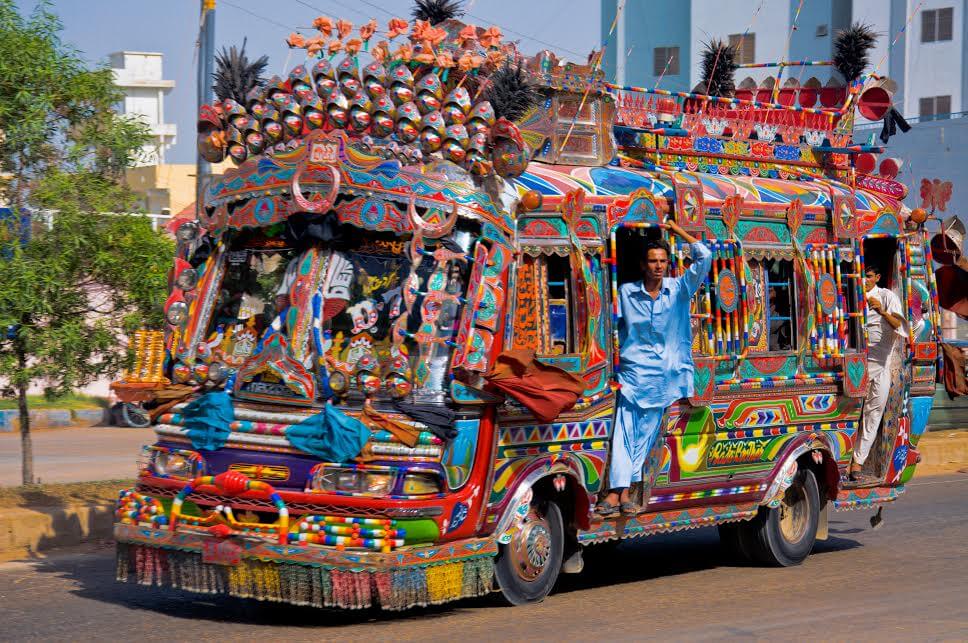
With its extensive transit system, Nowshera provides easy access inside and outside Khyber Pakhtunkhwa province.
Air Travel
Although Nowshera lacks an airport, locals can easily access important air travel hubs. The Islamabad International Airport and the Bacha Khan International Airport in Peshawar are easily accessible by automobile; they are around an hour and two hours distant, respectively.
Rail Network
Pakistan Railways, which offers freight and passenger services, is critical to Nowshera’s transportation infrastructure. Several railway stations service the district, including the central Nowshera Junction Railway Station, the Kabul River Railway Station, the Khushal Kot Railway Station, and the Amangarh Railway Station.
Road Network
Nowshera sits at the crossroads of several key roadways:
- Pakistan’s longest highway, National Highway N-5, runs across the nation from the northern border town of Torkham to the southern port city of Karachi. It connects Nowshera to essential cities like Peshawar and Rawalpindi by simply passing through the town.
- M-1 Motorway: This contemporary motorway replaces N-5 more quickly and effectively. It passes through Nowshera from the Punjab province into Khyber Pakhtunkhwa. This motorway is an essential route connecting Afghanistan and Central Asia.
- Grand Trunk (GT) Road: The Grand Trunk Road, which runs through Nowshera and is rich in history, adds another level to the district’s transport system.
- The Swat Motorway offers a handy route for individuals commuting from Nowshera to the Swat Valley.
Nowshera’s extensive air, train, and road network guarantees that the town stays connected and easily accessible to tourists and locals.
FAQs
Following are the FAQs.
What is Nowshera Cantt famous for?
Nowshera Cantt, situated across the Kabul River from Nowshera city, boasts a rich history dating back to British colonial rule. It is a charming cantonment town known for its peaceful atmosphere.
How can I get to Nowshera Cantt?
Nowshera Cantt benefits from its proximity to Peshawar. The nearest major airports are Bacha Khan International Airport in Peshawar (approximately a one-hour drive) and Islamabad International Airport (approximately a two-hour drive).
What language is the most common language in Nowshera Cantt?
Pashto is the native language of most residents in Nowshera Cantt. However, Urdu, Pakistan’s national language, is also common throughout the area.
What are some things you should do in Nowshera Cantt?
While specific details may require further research, exploring the town’s historical significance and colonial architecture could be fascinating. Additionally, the surrounding areas offer opportunities for outdoor adventures.
Is Nowshera Cantt a safe place to visit?
Always check for the latest travel advisories before your visit. However, Nowshera Cantt generally enjoys a reputation for being a peaceful town.
For more information, visit Graana.com.
